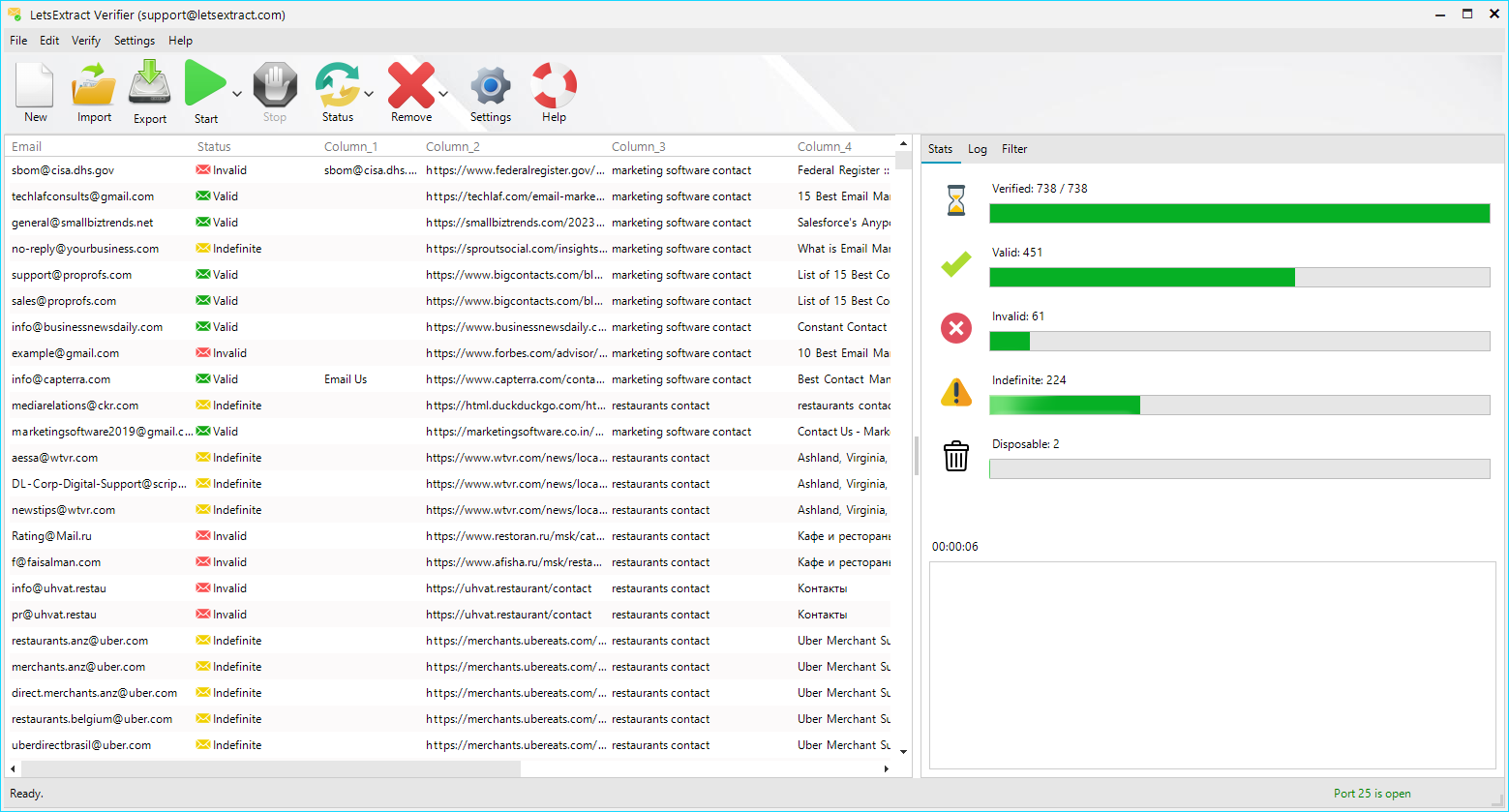Checking email addresses of subscribers before sending out:
using the example of a site dedicated to painting  Automatic translate
Automatic translate
Since the dawn of the Internet, people have always been eager to share visual materials. Let’s look at the history of the creation of such sites.
The first steps in creating sites with photographs of paintings were made in the 1990s, when the first web graphics formats such as GIF and JPEG appeared. At that time, users began sharing static images by uploading them to their web pages. Slow internet speeds and limited storage options made it difficult to upload large photos, so the images were often low quality and small in size.
With the development of the Internet, new possibilities for storing and presenting images have appeared. In the 2000s, the first popular photo hosting sites, such as Flickr and Photobucket, were created. These platforms allowed users to upload their photos and share them with other people. Photo hosting sites also provided the ability to organize and mark up images, making them more accessible and easier to use.
With the advent of social networks such as Facebook and Instagram, using and sharing photos has become even more popular. Instead of creating separate picture sites, users began uploading their photos directly to social platforms to share them with their friends and followers.
Our website was no exception. We publish only high-quality images and have built a decent audience over the years.
Preparing for email distribution
The need for an email newsletter arose when we wanted to inform our subscribers about the release of a new subsection of the site dedicated to the history of art. From the subscriber database, we downloaded a list of email addresses (there were more than 100 thousand of them) that visitors left when leaving comments or when registering on the site. When we found out the prices for mailings, we were surprised. It turns out that by using a mailing service like Unisender, we had to pay about 25,000 rubles for a one-time mailing (if we calculate it at the rate of 25 kopecks for 1 contact). This was quite a significant amount for us, and besides, there were doubts that each of these 100,000 email addresses was valid. It was necessary to check them somehow. So we began to study the market for programs for checking email addresses.
Email validators
Email verification programs are an indispensable tool in the modern era of digital communication. They are used to automatically check and validate email addresses to ensure they are correct and valid. We reviewed several such programs:
1. ZeroBounce : This email address validator offers a wide range of features including syntax checking, domain checking, address existence checking, and spam filtering. It helps prevent emails from being sent to invalid addresses, thereby improving email delivery rates and the effectiveness of marketing campaigns.
2. Verifalia : This is an online service for verifying email addresses. It offers a user-friendly web interface where users can upload lists of email addresses for verification. The program checks for the presence of addresses, duplicates, and also conducts in-depth analysis and verification of the domain. Verifalia also provides email delivery information and helps improve sender reputation.
3. Email Verifier from LetsExtract . An excellent multi-threaded tool for validating email addresses. It differs favorably from the previous ones in that it has a lifetime license with free updates. This program was able to check contacts quickly and without hitches, which made it possible to reduce the database by 33% and save more than 9,000 rubles:
